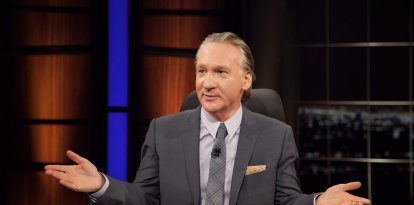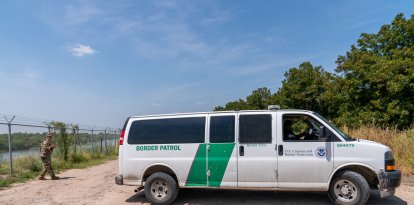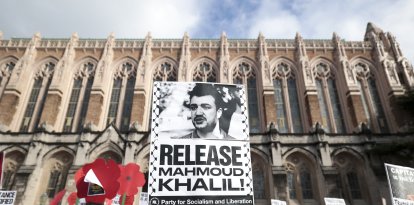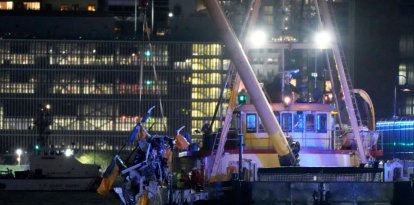President's Day: all the men who have led the country
Why is Biden the 46th president if there have only been 45 total presidents so far? Did you know that Obama deported the most Hispanics? How many had family ties to others?
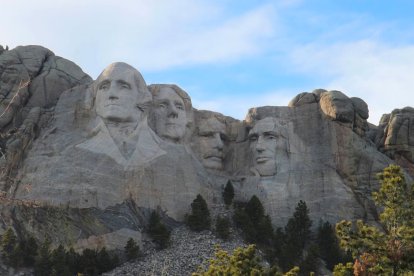
(John Bakator / Unsplash)
Presidents' Day honors all the leaders who have guided the country from its independence to the present day. The day chosen is Feb. 22, George Washington's birthday, although on this occasion it is celebrated on Monday the 20th due to the Monday Holiday Act, which places most holidays on Mondays so that citizens can enjoy three-day weekends. The following is a brief summary of the mandates of each of the officers.
1. George Washington (1789-1797)
Washington was the first president of the United States and the only one unanimously elected by the electoral college.
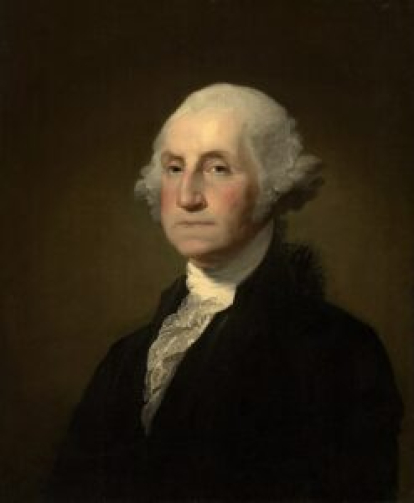
George Washington, first president of the United States.
2. John Adams (1797-1801)
Adams became president after serving as vice president under Washington. He was the first to live in the White House.

John Adams, second president of the United States.
3. Thomas Jefferson (1801-1809)
Jefferson is one of the Founding Fathers and the principal author of the Declaration of Independence of 1776.

Official portrait of Thomas Jefferson
4. James Madison (1809-1817)
Known as the "Father of the Constitution," his participation was fundamental to the drafting and approval of the United States' governing document.
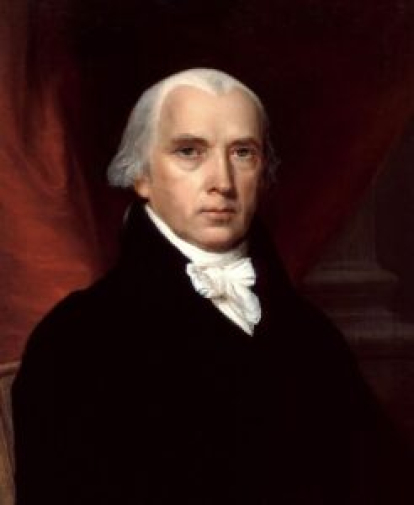
Official portrait of James Madison.
5. James Monroe (1817-1825)
Monroe created the well-known Monroe Doctrine when he warned the European powers in 1823 to leave America to the Americans.

Official portrait of James Monroe.
6. John Quincy Adams (1825-1829)
He was a member of several political parties. He served as a diplomat, senator and member of the House of Representatives before becoming president.
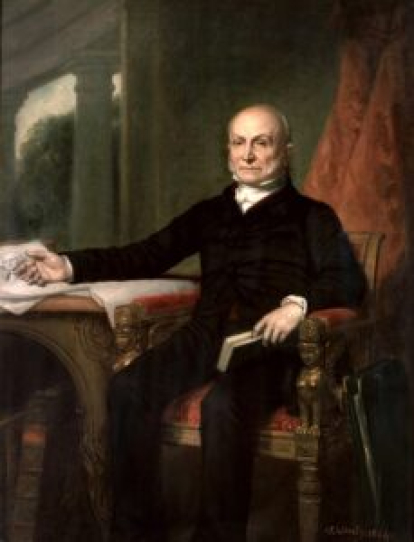
Portrait of John Quincy Adams
7. Andrew Jackson (1829-1837)
In his first annual message to Congress, Jackson recommended the elimination of the Electoral College.

Portrait of Andrew Jackson.
8. Martin Van Buren (1837-1841)
Known as "The Little Magician," he was vice president and secretary of state during Jackson's term.
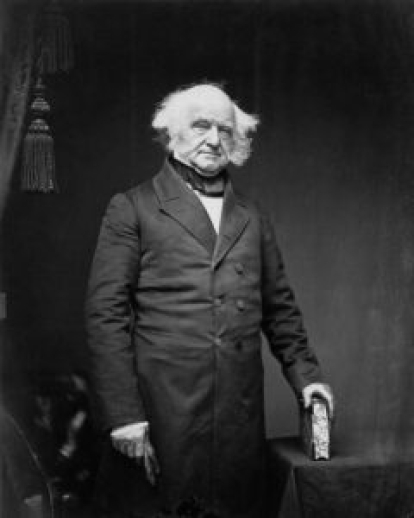
Portrait Martin Van Buren.
William Henry Harrison (1841)
His term was the shortest in history at just 32 days. He was also the first U.S. president to die in office.

Portrait of William Henry Harrison.
10. John Tyler (1841-1845)
Following the death of Harrison, he naturally became the first vice president to assume the office of president.

Portrait of John Tyler.
11. James K. Polk (1845-1849)
He tried to buy New Mexico and California from Mexico, but when his offer was rejected, he declared war on the neighboring country and finally obtained the land at a lower price than originally offered.

Portrait of James K. Polk
12. Zachary Taylor (1849-1850)
A national hero during the war with Mexico, his presidency lasted just 16 months until his death.

Portrait of Zachary Taylor.
13. Millard Fillmore (1850-1853)
Fillmore was the last president who was neither Republican nor Democrat.

Portrait of Millard Fillmore.
14. Franklin Pierce (1853-1857)
Pierce was the first U.S. president born in the 19th century.
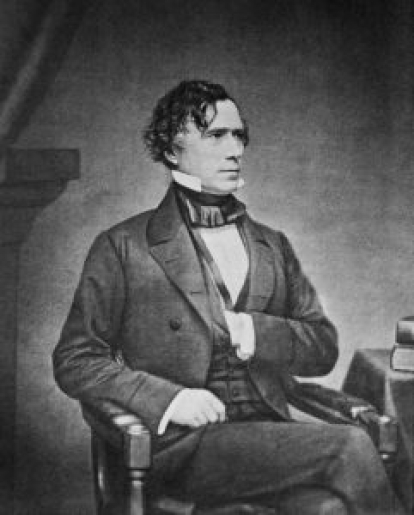
Portrait of Franklin Pierce.
15. James Buchanan (1857-1861)
He was the last president before the Civil War. He is the only native Pennsylvanian to become president and also the only one who remained single all his life.
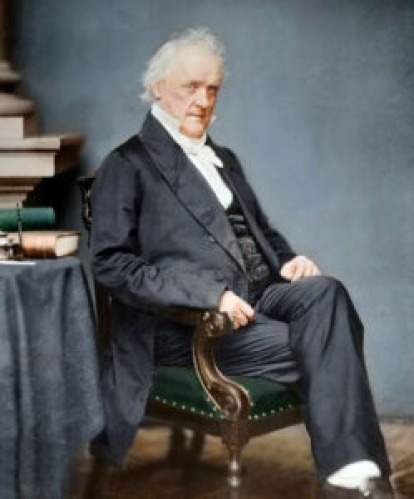
Portrait of James Buchanan.
16. Abraham Lincoln (1861-1865)
He presided over the United States during the Civil War. He was the first president to be assassinated. He freed all slaves in the Confederacy through the Emancipation Proclamation in 1863.

Portrait of Abraham Lincoln.
17. Andrew Johnson (1865-1869)
He was Lincoln's vice president, so he assumed power after Lincoln's assassination.

Portrait of Andrew Johnson.
18. Ulysses S. Grant (1869-1877)
A Civil War hero, he did not want to be a politician. As president, he stabilized the national economy, created the Department of Justice and prosecuted the Ku Klux Klan.
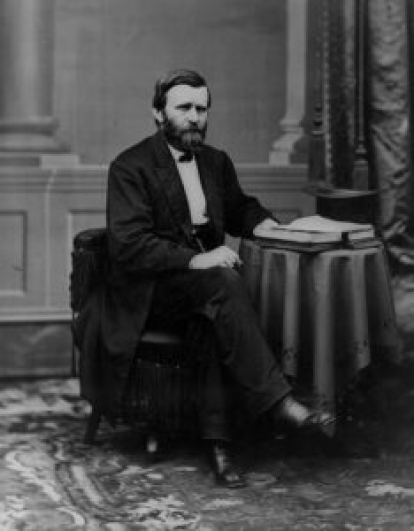
Portrait of Ulysses S. Grant.
19. Rutherford B. Hayes (1877-1881)
He worked to definitively close the wounds of the Civil War. During his presidency, the foundations for civil service reform were laid.
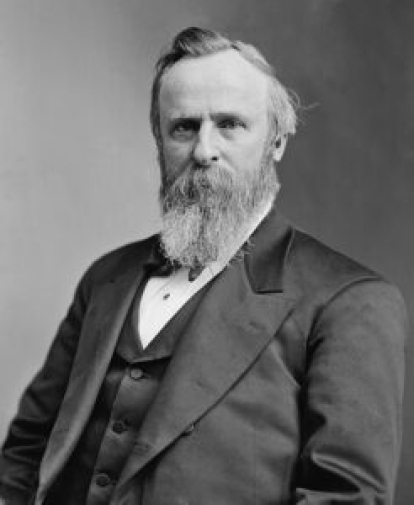
Portrait of Rutherford B. Hayes.
James Garfield (1881)
The second shortest presidency (200 days) and the second president to be assassinated.

James Garfield
21. Chester A. Arthur (1881-1885)
As Garfield's vice president, he succeeded as president after the assassination. He enacted the first federal immigration law in 1882 that excluded "paupers, criminals and lunatics," according to the White House website.
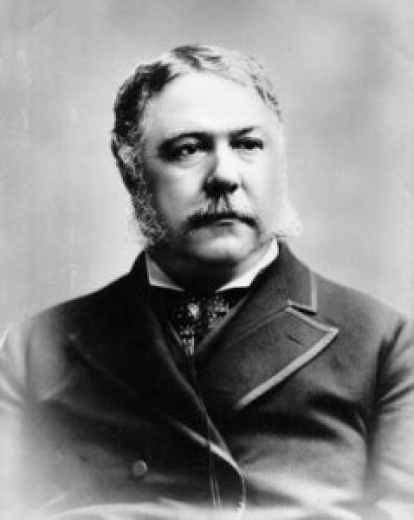
Portrait of Chester A. Arthur.
22. Grover Cleveland (1885-1889; 1893-1897)
The first president to complete two separate terms. He lost the 1888 election to Benjamin Harrison, but then won again in 1892 to become the 24th president.
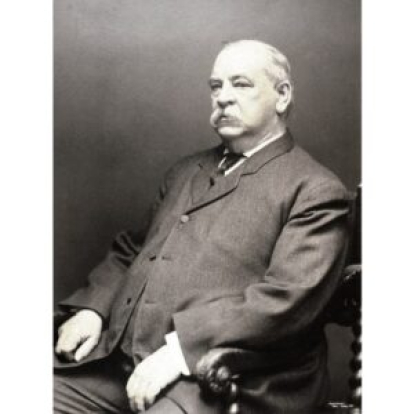
Portrait of Grover Cleveland.
23. Benjamin Harrison (1889-1893)
Harrison was the grandson of former President William Henry Harrison. He signed the Sherman Antitrust Act.
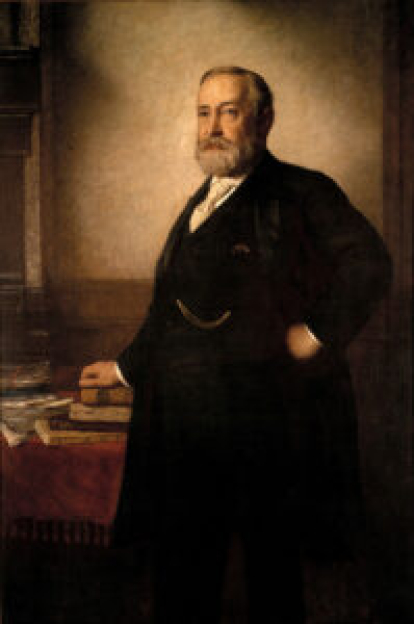
Benjamin Harrison
25. William McKinley (1897-1901)
The first president of the 20th century was assassinated by a "crazy anarchist" at the Pan-American Exposition in Buffalo, N.Y. according to his biography on the White House website.

Portrait of William McKinley.
26. Theodore Roosevelt (1901-1909)
The first president elected in the 20th century and the youngest to hold office to date (42 years old).
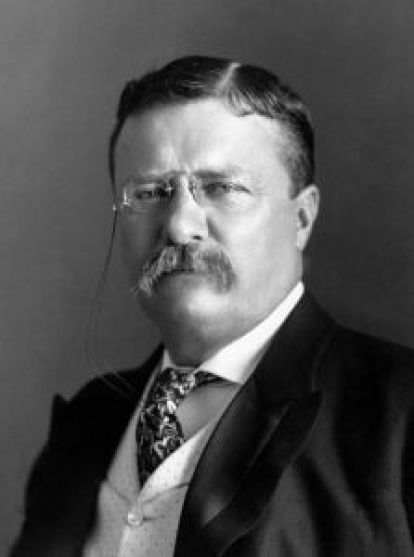
Portrait of Theodore Roosevelt.
27. William Howard Taft (1909-1913)
Taft was the only president to also serve as chief justice of the Supreme Court (1921-1930).
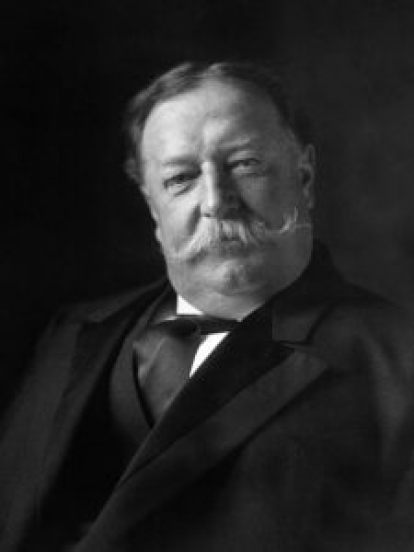
Portrait of William Howard Taft.
28. Woodrow Wilson (1913-1921)
It managed to maintain neutrality at the outbreak of World War I, although he eventually decided to enter the conflict to make the world "safe for democracy."
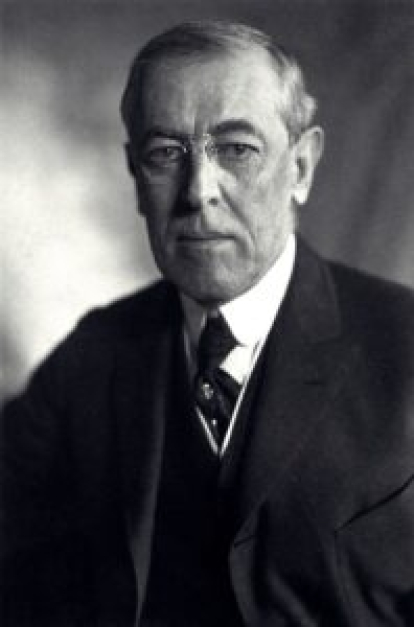
Portrait of Woodrow Wilson.
29. Warren G. Harding (1921-1923)
He was splashed by a scandal when it was made public that some of his friends were taking advantage of public positions to get rich.

Portrait of Warren Harding.
30. Calvin Coolidge (1923-1929)
Coolidge was the first president to address the nation via radio. His term of office ended just before the stock market crash of 1929.
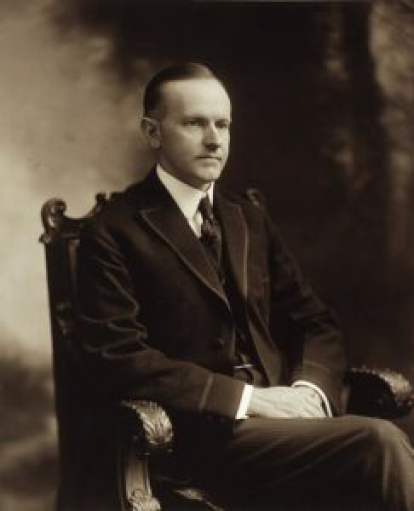
Portrait of Calvin Coolidge)
31. Herbert Hoover (1929-1933)
He promised to end poverty during his election campaign, only to have the Great Depression strike when he was only a few months into his term.

Portrait Herbert Hoover.
32. Franklin D. Roosevelt (1933-1945)
The Great Depression, World War II and the attack on Pearl Harbor all took place under his presidency. He was the only president to be re-elected for four terms.

Portrait of Franklin Delano Roosevelt.
33. Harry S. Truman (1945-1953)
He took office after Roosevelt's sudden death. He ordered the dropping of atomic bombs on Hiroshima and Nagasaki.
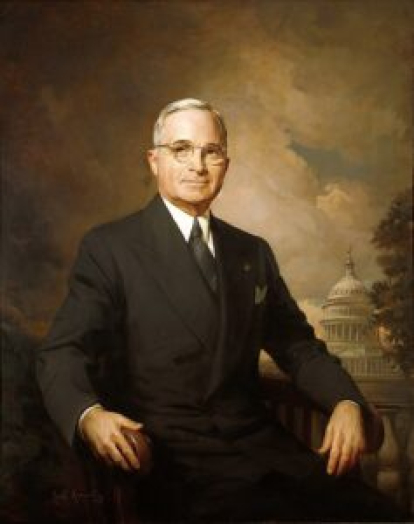
Portrait of Harry S. Truman.
34. Dwight D. Eisenhower (1953-1961)
Hero of World War II, during his two terms in office he worked to reduce tension with the USSR. He succeeded in ending the Korean War.
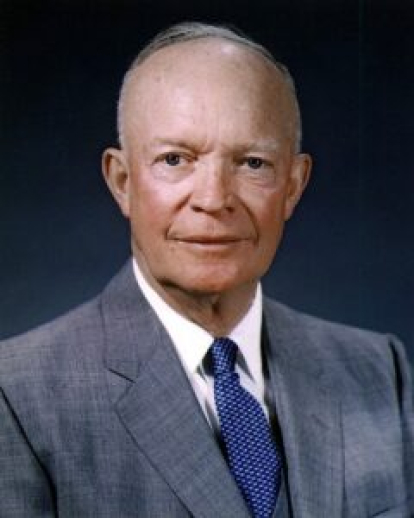
Portrait of Dwight D. Eisenhower.
35. John F. Kennedy (1961-1963)
Assassinated in Dallas, he became the youngest U.S. president to die. His term of office saw the construction of the Berlin Wall, the Cuban missile crisis and increased U.S. participation in the Vietnam War.

Portrait of John F. Kennedy.
36. Lyndon B. Johnson (1963-1969)
Johnson served as vice president under Kennedy and took office after his assassination.
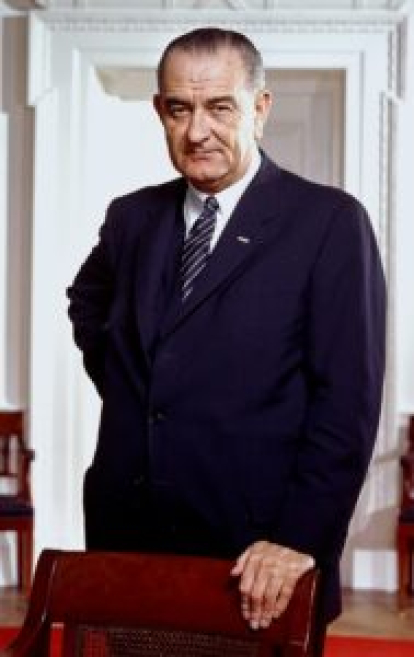
Portrait of Lyndon B. Johnson.
37. Richard Nixon (1969-1974)
The first (and only) president to resign from office. The Watergate scandal finished a presidency that ended the Vietnam War and reduced tensions with China and the USSR.

Portrait of Richard Nixon.
38. Gerald R. Ford (1974-1977)
Nixon's resignation left the country in the hands of his vice president. According to the White House website, he was faced with "the challenges of mastering inflation, reviving a depressed economy, solving chronic energy shortages, and trying to ensure world peace."
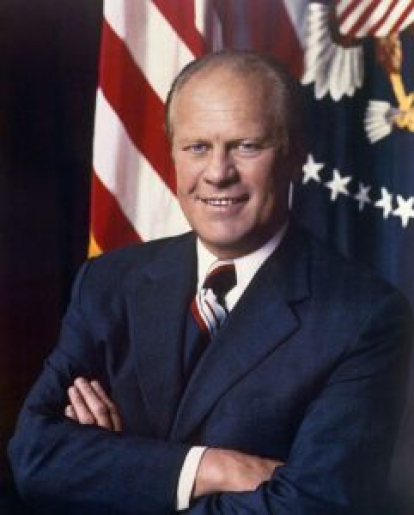
Portrait of Gerald Ford.
39. Jimmy Carter (1977-1981)
He fought throughout his presidency against inflation and unemployment. In 2002 he received the Nobel Peace Prize.

Portrait of Jimmy Carter.
40. Ronald Reagan (1981-1989)
The actor0turned-politician supported anti-communist movements in Central America, Asia and Africa through the Reagan Doctrine, according to the White House website.
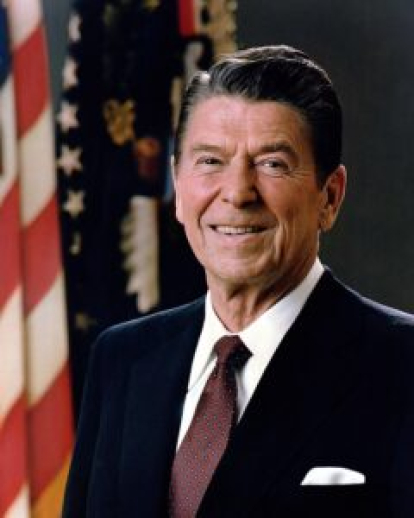
Official portrait of Ronald Reagan.
41. George H. W. Bush (1989-1993)
His presidency saw the end of the Cold War and the fall of the Berlin Wall.
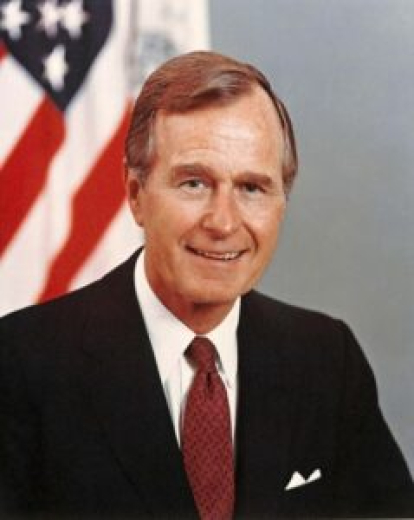
Official portrait of George Bush.
42. William Clinton (1993-2001)
He was the second president to face impeachment in Congress. The Senate found him not guilty of perjury regarding the Lewinsky scandal.

Official portrait of Bill Clinton.
43. George W. Bush (2001-2009)
Son of George H.W. Bush, his presidency was marked by the attack on the Twin Towers (9/11), and the subsequent "War on Terror" which he declared. One of the first consequences was the invasion of Iraq.

Official portrait of George W. Bush.
44. Barack Obama (2009-2017)
He was the country's first black president. He deported 2.5 million Hispanics during his tenure. He won the Nobel Peace Prize in 2009.
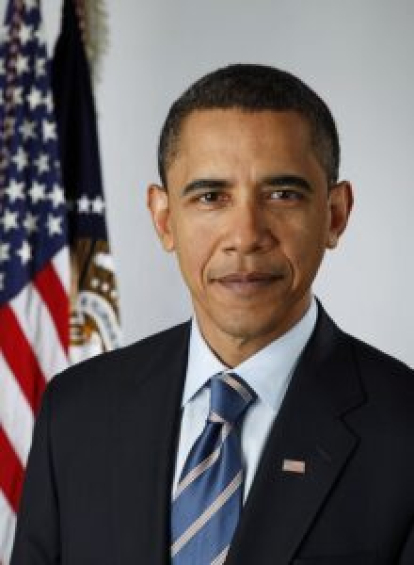
Official portrait of Barack Obama.
45. Donald Trump (2017-2021)
At the end of his presidency, the COVID-19 pandemic took off.

Official portrait of Donald Trump.
46. Joe Biden (2021-)
The current president is the oldest to serve in the White House. He was Obama's vice president during his two terms in office.
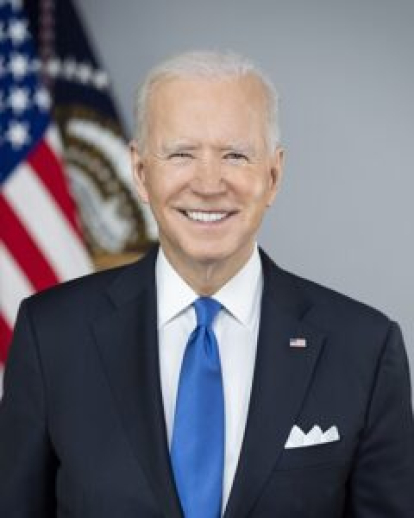
Official portrait of Joe Biden.
RECOMMENDATION




